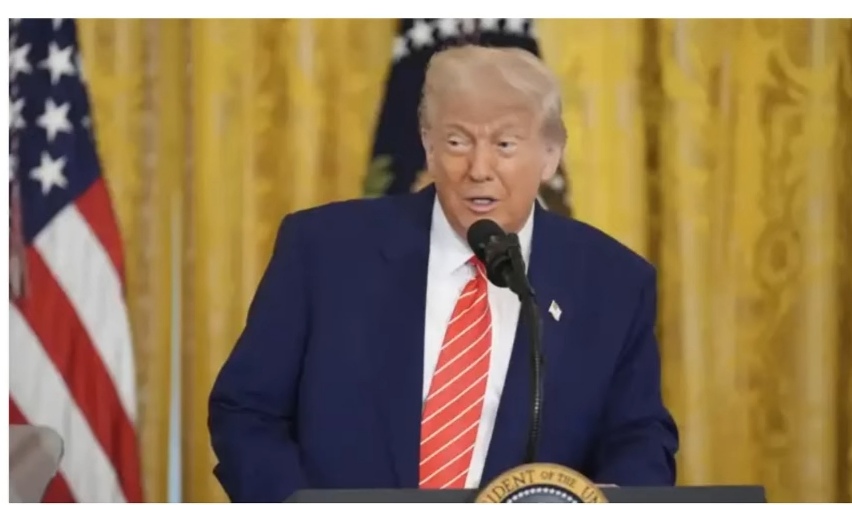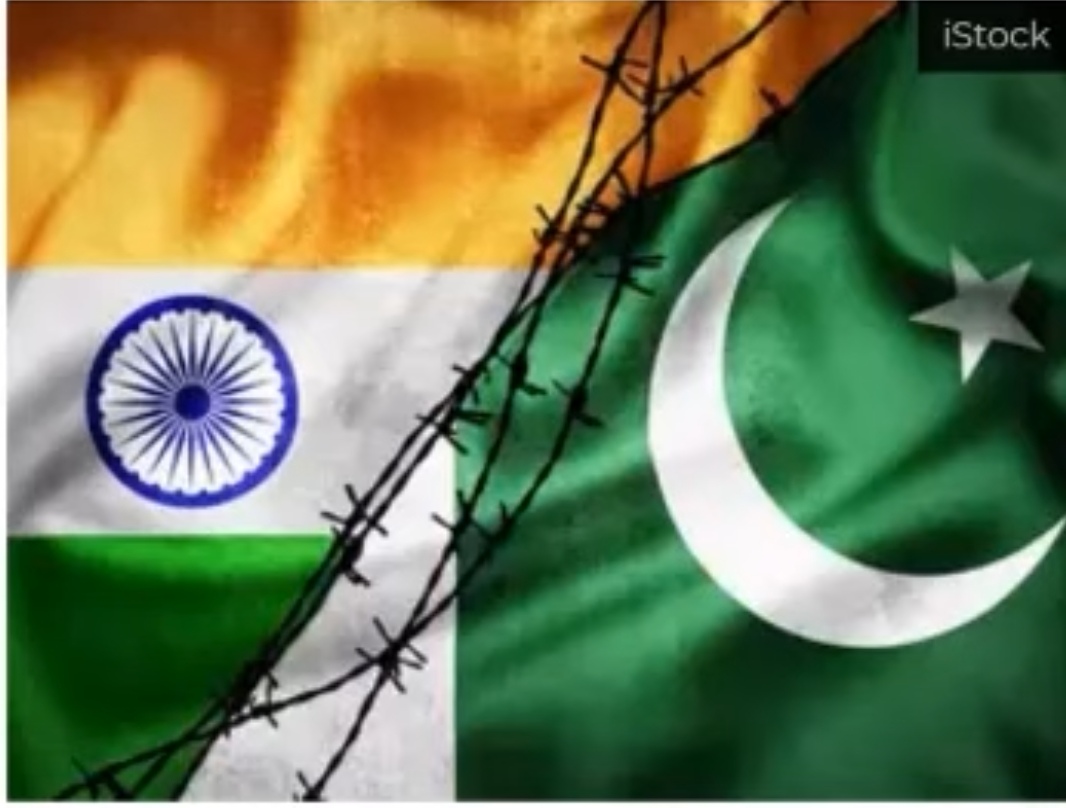In a dramatic turn of events, India and Pakistan have agreed to a full and immediate ceasefire following days of escalating conflict triggered by the deadly terror attack in Pahalgam, Jammu and Kashmir, on April 22.
The attack, which claimed the lives of 26 civilians—including women and children—sparked outrage across India. In response, the Indian military launched a swift and powerful operation targeting terror camps believed to be operating in Pakistan-occupied Kashmir and beyond. The operation, codenamed “Operation Sindoor,” saw India strike several strategic sites across the border.
However, late on May 9, hope arrived from across the ocean. U.S. President Donald Trump, in coordination with Secretary of State Marco Rubio and Vice President JD Vance, successfully mediated peace talks between New Delhi and Islamabad.
On Saturday, May 10, Trump took to his social media platform to announce:
“After a long night of negotiations, I’m pleased to share that India and Pakistan have agreed to a FULL AND IMMEDIATE CEASEFIRE. Peace has prevailed—for now.”
What This Means for India and Pakistan
While the guns have fallen silent, the diplomatic fallout is far from over.
India had earlier suspended the decades-old Indus Waters Treaty, cutting off water flow through the Chenab River into Pakistan—one of the most symbolic moves in the standoff. Pakistan countered by suspending the Simla Agreement, closing its airspace, halting trade, and expelling Indian diplomats.
Although both sides are stepping back from the brink, tensions remain high on the ground. Armies on both sides of the Line of Control remain on alert, and border trade and civilian crossings are still suspended.
What Did India Gain?
India has sent a strong message through this crisis—that attacks on its soil will be met with force. The country also received strong support from international allies, including the G7, who condemned the Pahalgam attack and backed India’s right to self-defense.
The suspension of the Indus Treaty also gave India an edge in pressuring Pakistan diplomatically and economically.
Is the IMF Involved?
There is speculation that Pakistan’s willingness to agree to a ceasefire may be linked to its ongoing negotiations with the International Monetary Fund (IMF). The war-like situation, combined with India’s economic countermeasures, may have made a peace deal more urgent for Pakistan, which is already struggling with inflation and debt.
What’s Next?
Both countries are set to hold further diplomatic talks starting May 12. Whether this ceasefire will last depends on continued efforts from both sides—and the international community—to de-escalate tensions and address the root causes of conflict, especially cross-border terrorism.
The ceasefire between India and Pakistan is indeed a significant step, but is it really a long-term solution or just a temporary pause? It’s great to see international mediation playing a role, but don’t you think both countries should focus more on direct dialogue rather than relying on external forces?
The suspension of the Indus Treaty seems like a bold move by India, but could this backfire in the long run? And what about Pakistan’s economic struggles—how much did that influence their decision to agree to peace?
It’s commendable that both nations are stepping back from the brink, but with armies still on high alert, how can civilians feel truly safe? Also, isn’t it ironic that while the guns are silent, the underlying tensions remain unresolved?
Finally, the upcoming diplomatic talks in May—what’s your take? Do you think this will lead to meaningful progress, or is it just another round of rhetoric? I’d love to hear your thoughts on whether this ceasefire has any real chance of lasting.